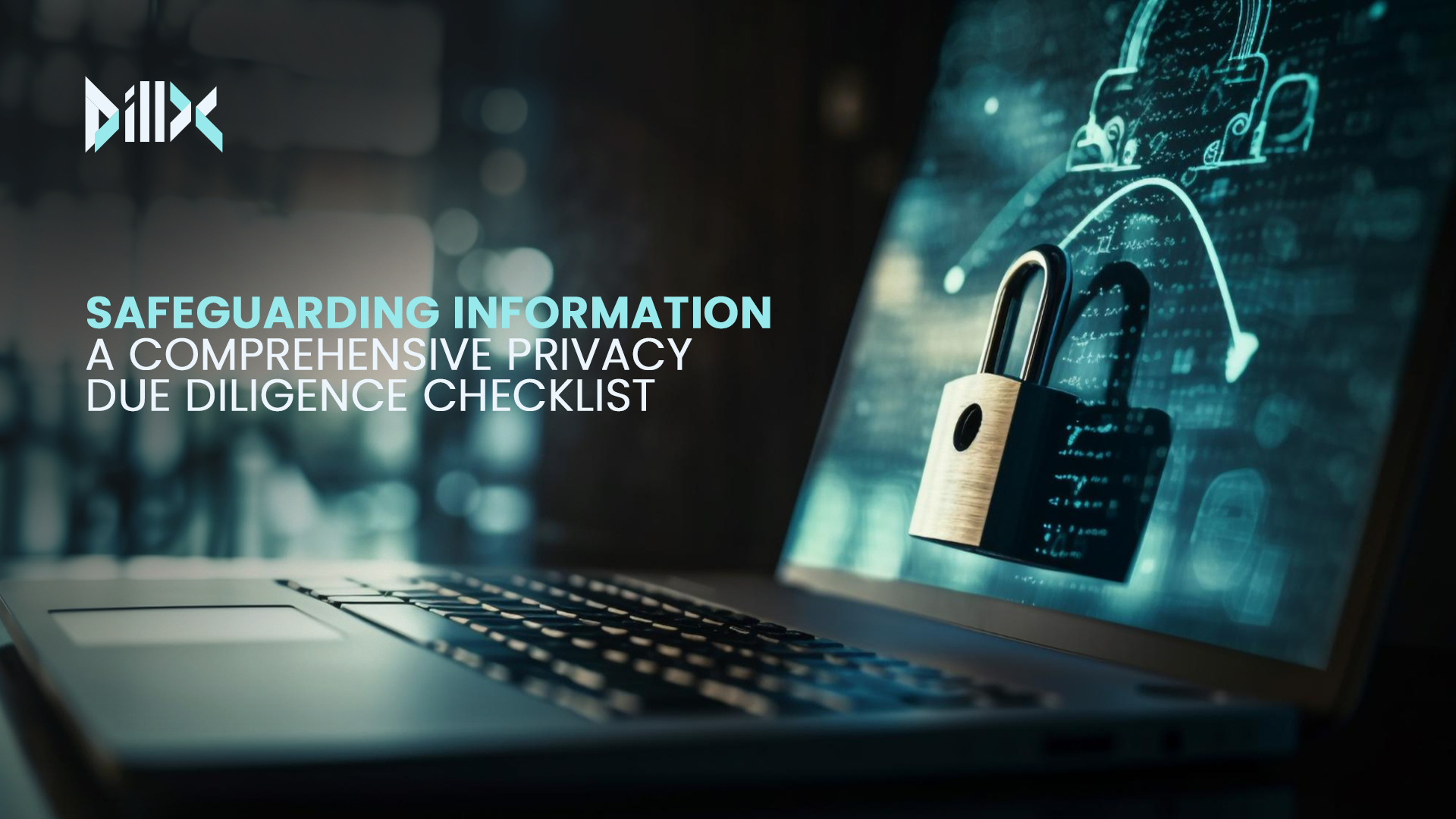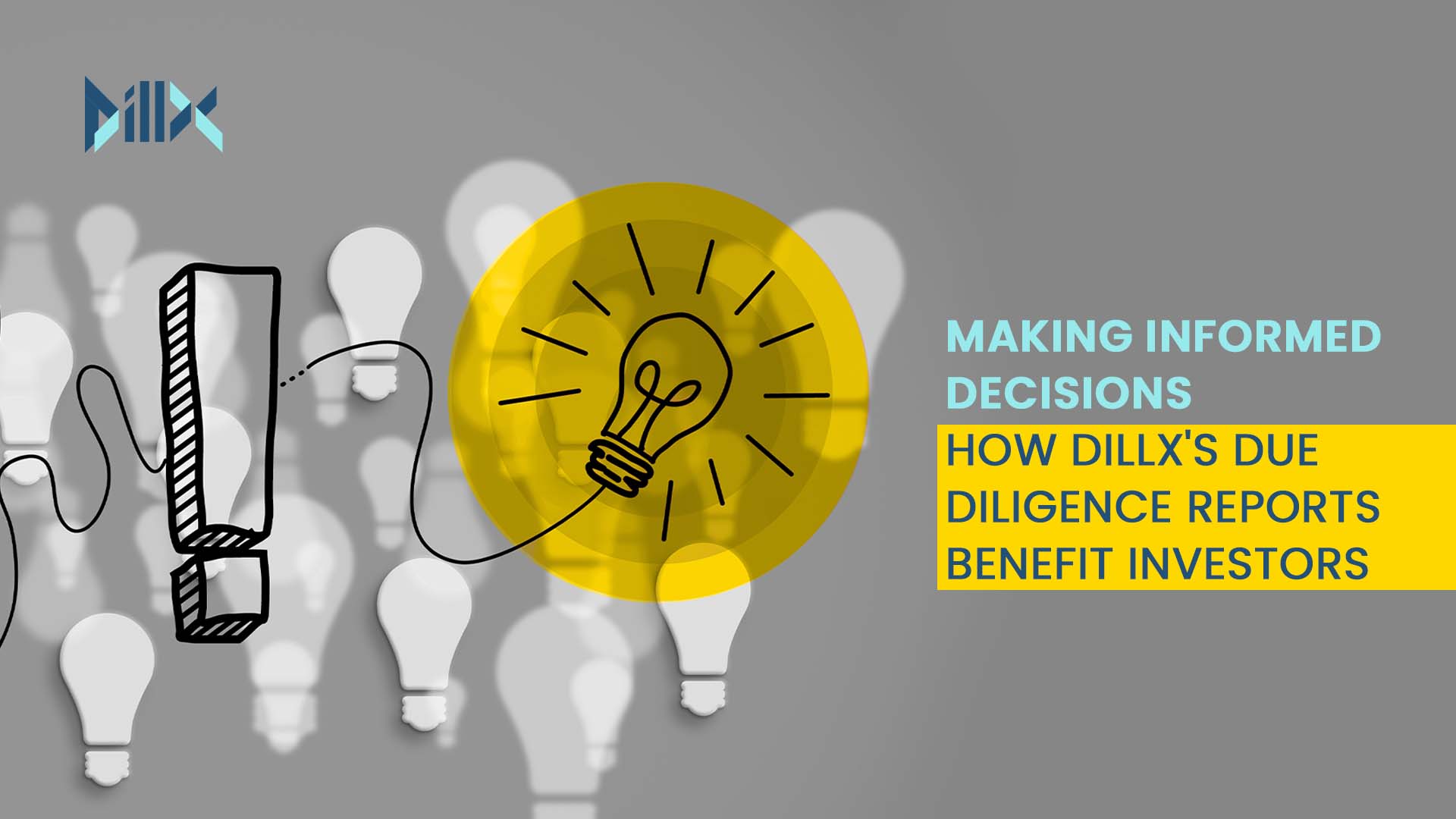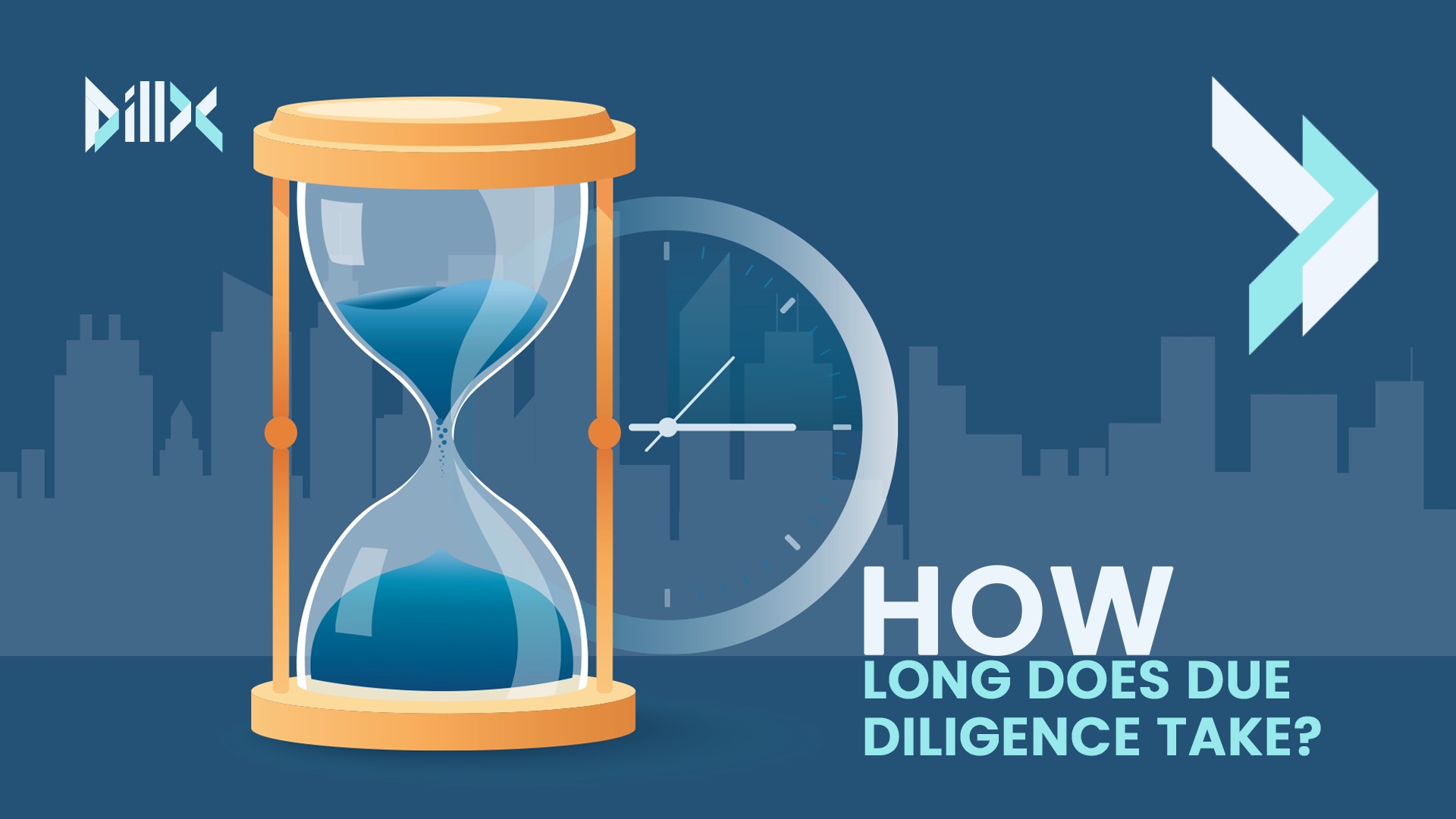Navigating the labyrinth of a potential business acquisition can seem daunting, but understanding how to conduct due diligence on a company can bring clarity to the process. Due diligence is an essential step in the acquisition process, providing a structured method for analyzing a company’s financial stability, management, products, services, competitive landscape, and other crucial factors.
Before diving into the core of the article, let’s take a moment to appreciate how technological advancements have revolutionized the due diligence process. Platforms like DillX are pioneering a new era in due diligence by offering an automated and comprehensive solution to address some of the most intricate aspects of due diligence. Aiming to simplify and streamline the process, these innovative platforms are a game-changer in the business world.
The Cornerstones of Due Diligence
There are three primary types of due diligence: financial, legal, and commercial. Let’s delve into what each of these entails.
Financial Due Diligence
Financial due diligence involves a deep dive into a company’s financial performance to ascertain its value and potential for investment. This process requires examining financial statements, tax returns, profit and loss statements, and other financial information. During this phase, it’s crucial to verify the accuracy of all financial data, as discrepancies can be red flags hinting at potential issues.
Legal Due Diligence
Legal due diligence revolves around assessing a company’s legal status and its adherence to laws and regulations. This process includes reviewing corporate filings, contracts, and other legal documents to identify potential legal risks. Understanding a company’s legal landscape is vital to anticipate potential liabilities or legal issues that might arise after the acquisition.
Commercial Due Diligence
Commercial due diligence presents a holistic view of the company’s operations, market position, competitive landscape, and more. It examines the company’s business model, strategic plans, market trends, key competitors, and potential risks. This type of due diligence assesses the viability of the business and its potential for investment.
A Step-by-Step Guide on How to Conduct Due Diligence on a Company
Now that we’ve established a foundation, let’s explore the steps involved in conducting due diligence on a company.
Step 1: Assemble Your Team
Assembling a team of qualified experts is the first step in conducting due diligence. This team should include an accountant to analyze the company’s financial records and a lawyer to assist with the legal aspects. Other experts, such as IT specialists or environmental consultants, may be needed depending on the nature of the business.
Step 2: Review the Company’s Financial Performance
This involves analyzing the company’s financial statements, tax returns, profit and loss statements, and cash flow statements. Look for trends in sales, profit margins, and other financial data to understand the financial health and prospects of the company.
Step 3: Analyze the Market Structure and Composition
Understanding the company’s place in the market and its competitors is vital. Comparing the company’s performance with its competitors can provide valuable insights into its strengths and weaknesses.
Step 4: Conduct a Legal Review
Review all legal documents, including corporate filings, contracts, and licenses. Look for any ongoing, pending, or threatened litigation that could potentially affect the acquisition.
Step 5: Review Operational and Structural Aspects
Understanding the company’s day-to-day operations, its organizational structure, and its key employees is essential. This will give you a clearer picture of how the company functions and its potential for growth.
Step 6: Analyze the Company’s Reputation
Investigating the company’s reputation can provide valuable insights into its business practices and relationships with customers and suppliers.
Step 7: Consider the Impact of the Acquisition
Consider how the acquisition will impact your company. This includes financial implications, integration of operations, and potential synergies.
Step 8: Negotiate the Purchase Agreement
Based on the findings from the due diligence process, negotiate the terms of the purchase agreement. This includes the purchase price, payment terms, and any conditions or warranties.
Step 9: Finalize the Deal
Once all the elements of the deal have been agreed upon, finalize the acquisition. This includes signing the purchase agreement and transferring ownership of the company.
The Role of Technology in Due Diligence
In the digital age, technology plays a significant role in facilitating due diligence. Platforms like DillX provide automated solutions that streamline the due diligence process.
These platforms feature advanced algorithms and artificial intelligence to automate document review and information classification. They also adapt to specific legal nuances of different regions, ensuring compliance with evolving legal landscapes. This not only saves time but also reduces the risk of human error, making the due diligence process more efficient and accurate.
Wrapping Up
Knowing how to conduct due diligence on a company is a vital skill when considering a business acquisition. This process allows investors to thoroughly analyze a company, identify potential risks, and make informed decisions. While the process can be complex and time-consuming, it’s a crucial step in ensuring a successful investment.
In the world of due diligence, DillX stands out as a transformative solution, revolutionizing the process with its innovative features and capabilities. With the right tools and a comprehensive approach, due diligence can be a smooth and efficient process, paving the way for successful business acquisitions.









































































